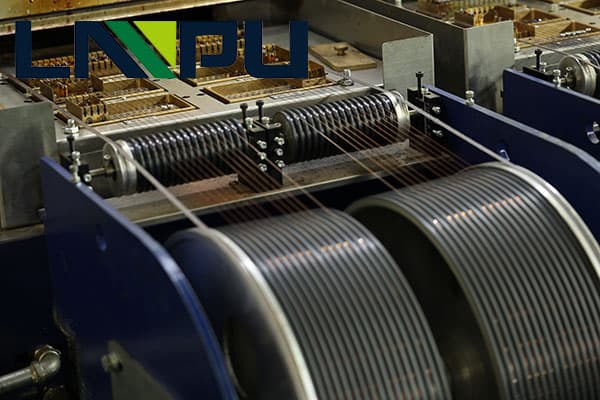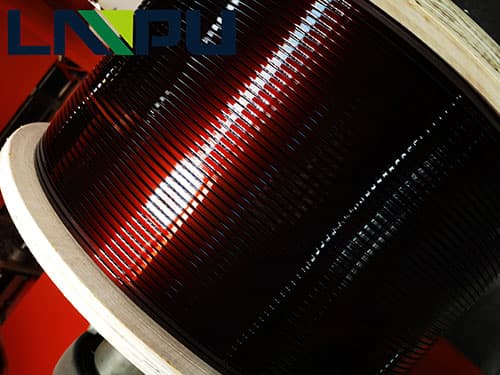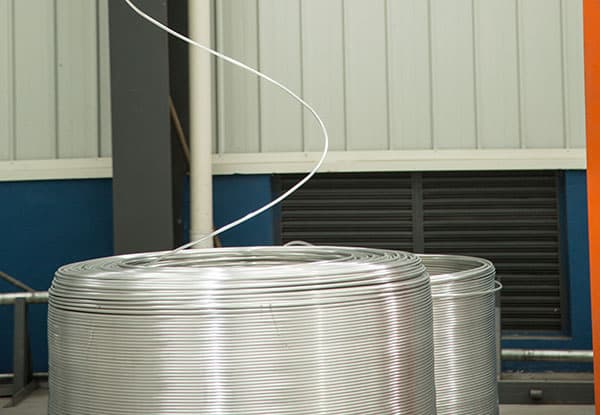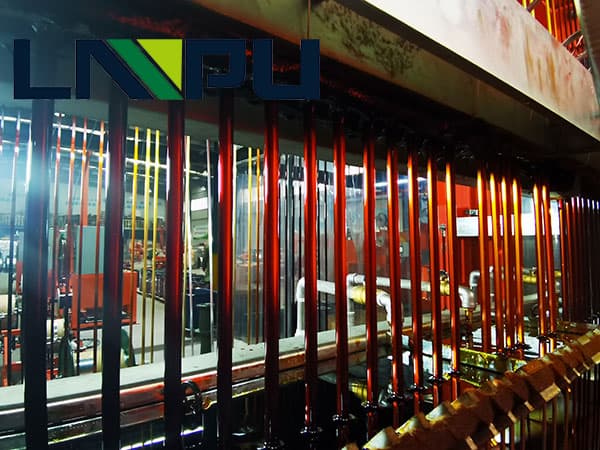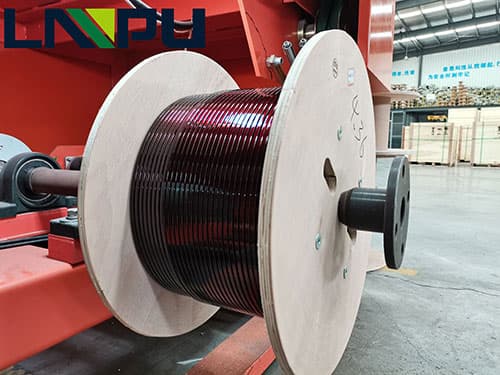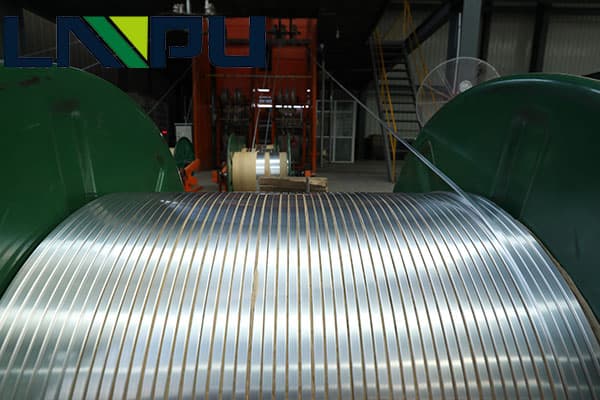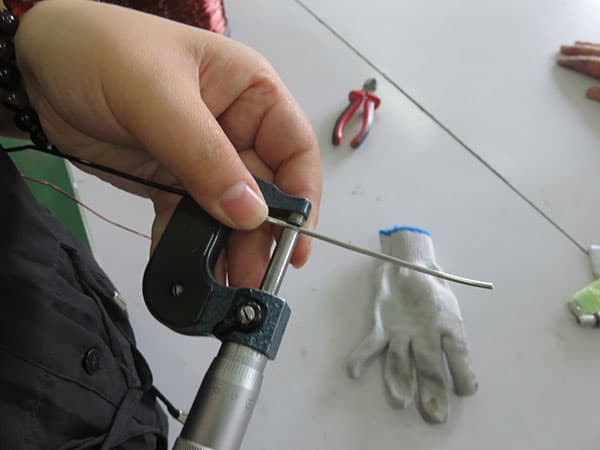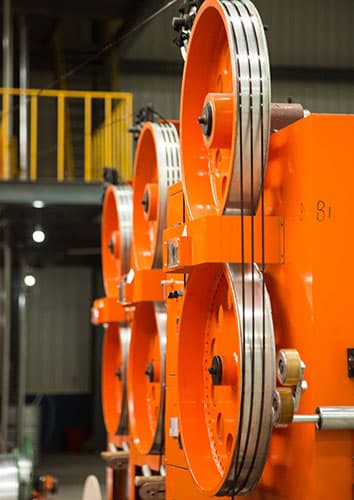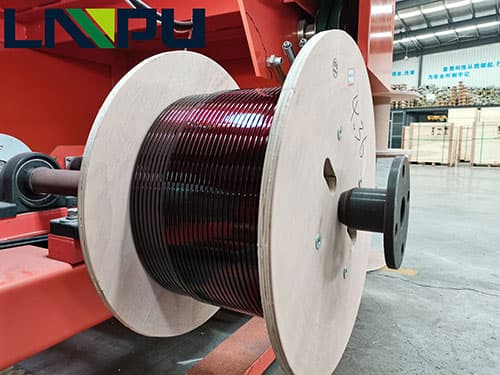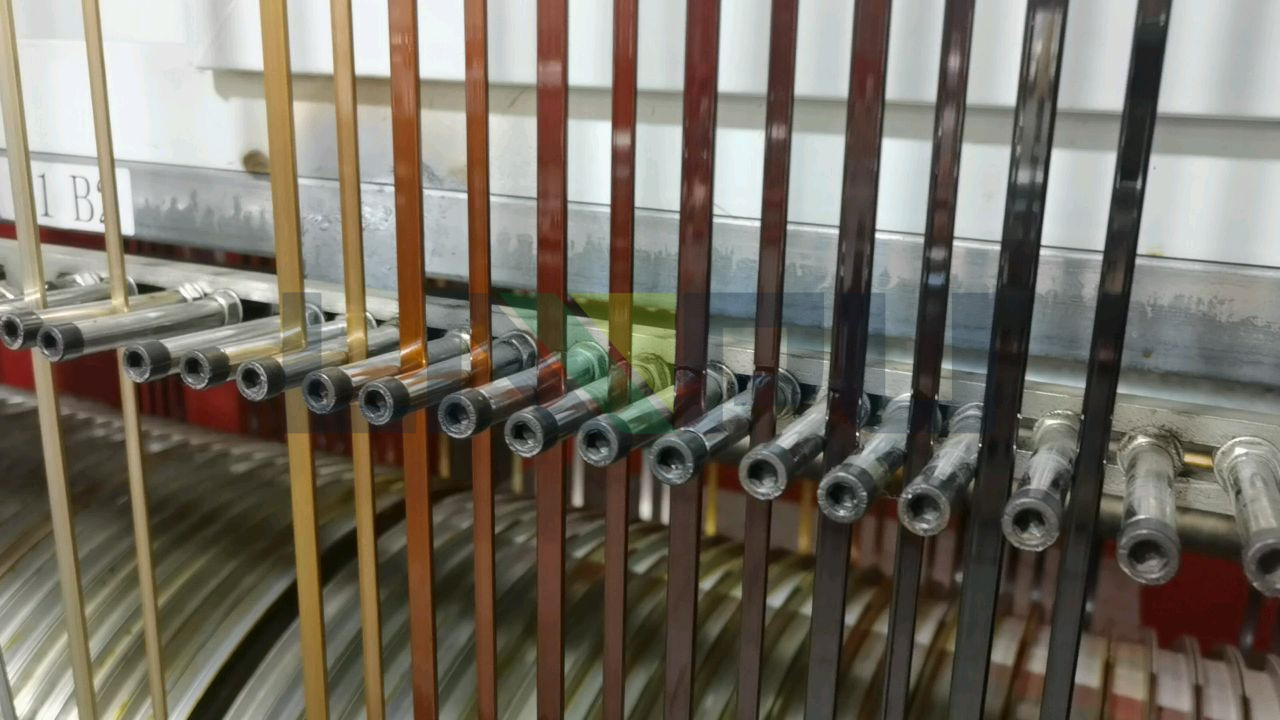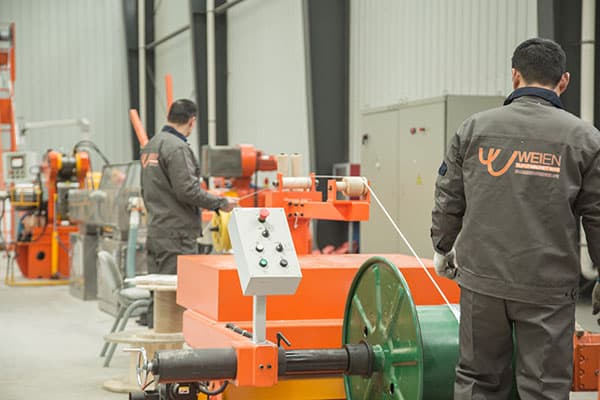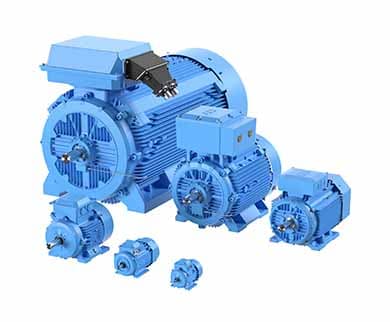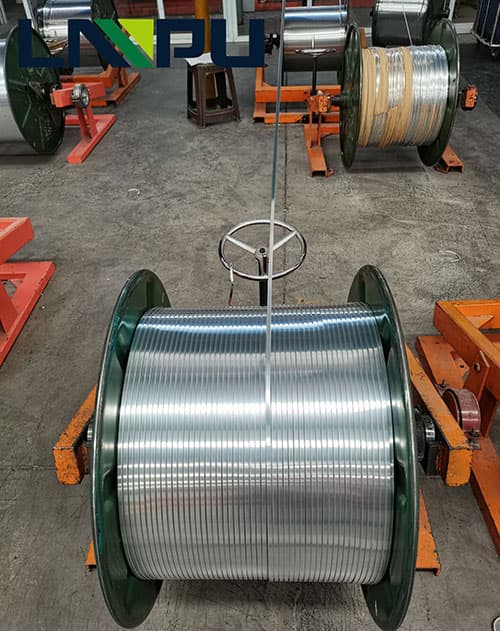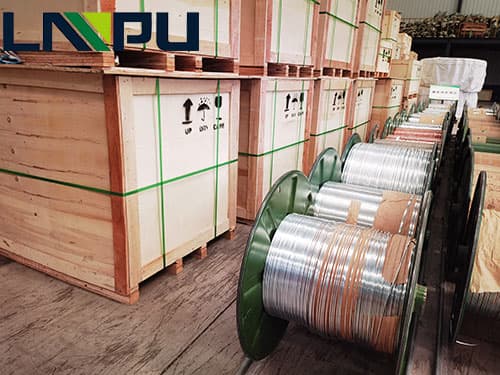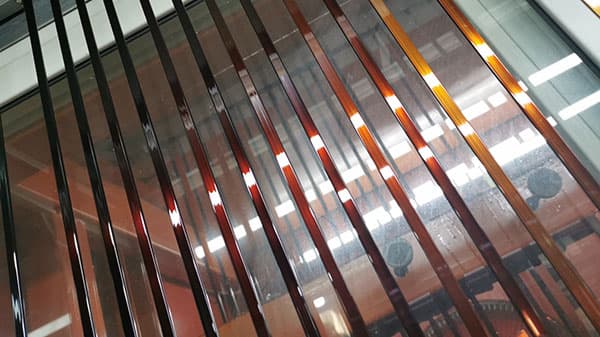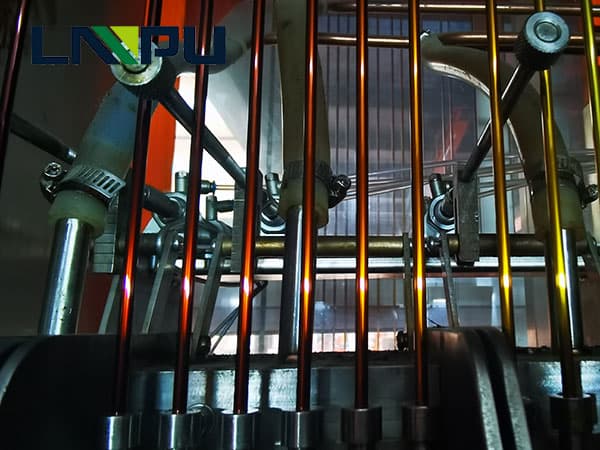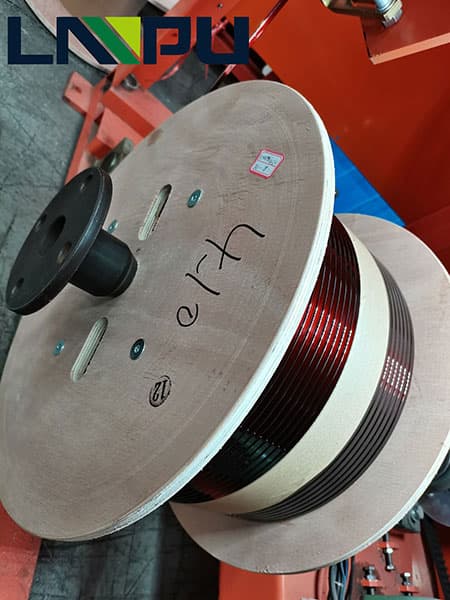Baking process of Enameled Winding Wire
The temperature distribution of the oven has a great relationship with the baking of the enameled wire. The distribution of oven temperature has two requirements: longitudinal temperature and transverse temperature. The longitudinal temperature requirements are curved, that is, from low to high, and then from high to low. The lateral temperature requires a linear shape. The uniformity of the lateral temperature depends on factors such as equipment heating, heat preservation, and hot air convection.
The enameling process requires the enameling furnace to meet
a) Accurate temperature control, ¡À5¡æ
b) The furnace temperature curve can be adjusted, and the maximum temperature of the curing zone reaches 550¡æ
c) The lateral temperature difference does not exceed 5¡ãC.
There are generally three types of temperatures in the oven: heat source temperature, air temperature, and wire temperature. It is customary to say that the furnace temperature is measured by a thermocouple placed in the air, and the temperature is generally close to the temperature of the gas in the furnace. T source>T gas>T paint>T line (T paint is the temperature at which the paint produces physical and chemical changes in the oven) Generally, T paint is about 100¡ãC lower than T gas.
The longitudinal direction of the oven is divided into an evaporation zone and a solidification zone. The evaporation zone is mainly used for evaporating the solvent, and the curing zone is mainly used for curing the paint film.

